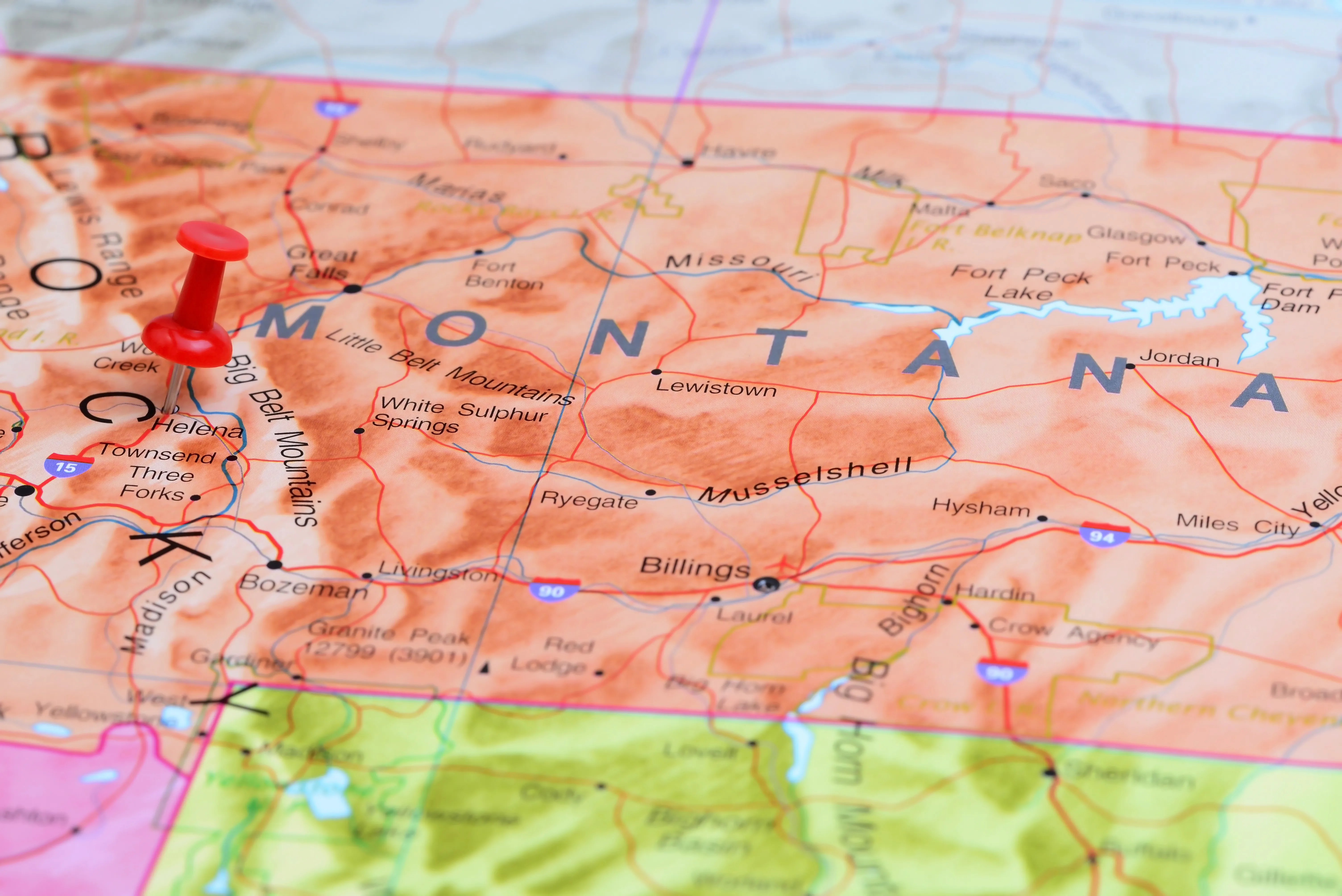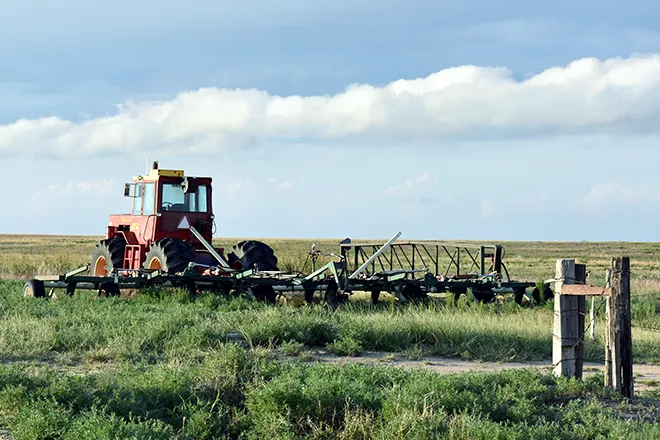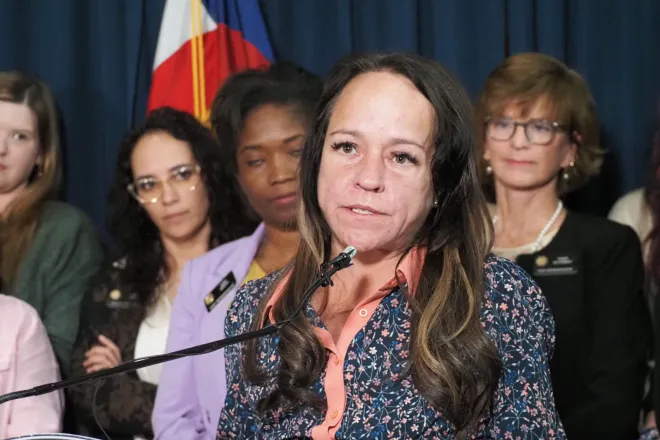
Daily Audio Newscast Afternoon Update - November 4, 2025
© INDU BACHKHETI - iStock-1336427297
News from around the nation.
Dick Cheney, Powerful Vice President and Washington Insider, Dies at 84; Minnesotans fan out for local elections; Ohio redistricting map draws bipartisan support but deep concern; Report: Kentucky caregivers increasingly face financial hardship.
Transcript
The Public News Service Tuesday afternoon update.
I'm Mike Clifford.
Dick Cheney, widely regarded as the most powerful vice president in American history, who was George Bush's running mate in two successful campaigns for the presidency, and his most influential White House advisor, in an era of terrorism, war, and economic change, died Monday.
He was 84.
That, for the New York Times, they report most recently, he startled Americans of both parties by announcing that he would vote for Vice President Kamala Harris, Democrat in the 2024 election, denouncing her Republican opponent, former President Donald J.
Trump, as unfit for office and a grave threat to American democracy.
The cause of Cheney's death, complications of pneumonia and cardiac and vascular disease, according to the family.
And from Minnesota's largest cities to smaller towns, local elections being held today.
There are mayoral races in Minneapolis and St. Paul, highlighting the run of local elections around the state, with school board races and ballot questions in play.
Amy Perna with League of Women voters of Minnesota says local elections carry a lot of weight.
Sometimes those races are decided by just a handful of voters so it really does make a difference when you show up and vote locally.
When it's not midterms or presidential race she adds there's still a struggle to boost voter turnout.
If you're voting today and don't feel you have enough non-biased information one source is the league's online platform Vote411.
Next Ohio's newly appointed congressional map is stirring controversy even after receiving unanimous support from both parties on the state's redistricting commission.
The seven-member panel voted last week to adopt the map that will shape elections through 2030, a decision advocates say locks in partisan advantages and undermines voter trust.
Spencer Derig with the Ohio Environmental Council Action Fund says the outcome reflects deep flaws in how the maps are drawn.
Democrats and Republicans on the Ohio Redistricting Commission came to a unanimous bipartisan deal that is both an unconstitutional gerrymander fundamentally silences the voices of Ohioans and denies us the opportunity to have fair representation.
The seven-member commission includes five Republicans and two Democrats.
The new map will apply to Ohio's 15 congressional districts for the 2026, 2028 and 2030 elections.
Farah Siddiqi reporting.
This story was produced in association with Media in the Public Interest and funded in part by the George Gunn Foundation.
And November is National Caregivers Month.
Caregivers in Kentucky face sweeping financial and emotional challenges, often with little support, according to new data from AARP.
Gary Atkins with the group's Kentucky chapter says more than half of caregivers in the Commonwealth report financial setbacks.
They're taking on debt.
They're draining their savings.
They're struggling to afford basics like food and medicine.
The majority of caregivers use their own money to meet loved ones' needs, spending on average around $7,200 annually.
Two in five caregivers live in a household with income less than $50,000 per year.
Most family caregivers in Kentucky care for an adult, often a parent.
This is Public News Service.
Rural-centric organizations remain worried about the loss of family farms and how it changes a town's identity.
They hope South Dakota farmers have more conversations about a transition plan.
Between 2012 and 2022, the number of South Dakota farms decreased by more than 3,600 while the average farm size increased.
Ag economists say that underscores the growing presence of corporate-owned industrial-style farms.
Roy Kaufman of the group Rural Revival says even if those bigger farms keep some economic activity flowing, it can't replace the community feel often associated with small- to mid-sized operations led by people woven into the town's fabric.
Our churches are dwindling, our schools are shrinking, you know, the towns are of dying.
He says aging farmers faced with unpredictable market forces these days might be tempted to sell their land to the highest bidder.
Kauffman's group is working alongside Dakota Rural Action and the Land Stewardship Project to educate producers facing these situations.
A series of winter transition classes will happen in Freeman from late January through mid March.
I'm Mike Moen.
Next to Maine where folks are encouraged to avoid alternative or unregulated health plans as open enrollment through coverme.gov gets underway.
Experts say people worried that enhanced subsidies may not be available to lower monthly premiums should remain cautious of non-marketplace plans which often lack comprehensive coverage.
Ann Wollison with the Augusta-based Consumers for Affordable Health Care says many catastrophic plans carry extremely high deductibles and can result in significant out-of-pocket costs.
"Buying something that's not regulated, that does not provide consumer protections or coverage for pre-existing conditions is not the solution that Mainers are looking for."
She says local trained assisters are available both in-person and online to help people choose the right marketplace plan for them.
That help can be found on the CoverMe.gov website or by calling the Consumers for Affordable Health Care hotline.
I'm Catherine Carley.
Finally, cutting edge technology deployed in the wake of LA fires is helping scientists understand the nature of the toxic smoke from urban wildfires.
Researchers from UCLA, UC Davis, Harvard, and the University of Texas at Austin deployed what they call a sniffer van in the Pacific Palisades and Altadena for several weeks in February and May to measure air pollution in the burn zone.
Chemist Pavel Mishtal, a professor at UT Austin, is using a supercomputer to analyze reams of data to identify hotspots and understand how different sources contribute to air pollution.
With every second we see more than 1,000 different chemicals and how they change over time.
So this novel way of mapping chemistry from an electric mobile van is game-changing.
I'm Suzanne Potter.
This is public news service.

















